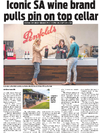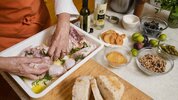- Joined
- 8 June 2008
- Posts
- 13,133
- Reactions
- 19,327
why substandard? You mean like your iphone or TV?@Dona Ferentes So will this mean in the future for substandard product from China????
Cheaper if the importer wishes too, substandard if the importer decides to sell crap too, but more importantly maybe unavailable, delayed by months, unable to be customised and at the bottom of the priority
ah well, slums do not need custom triple layers glass panes..



